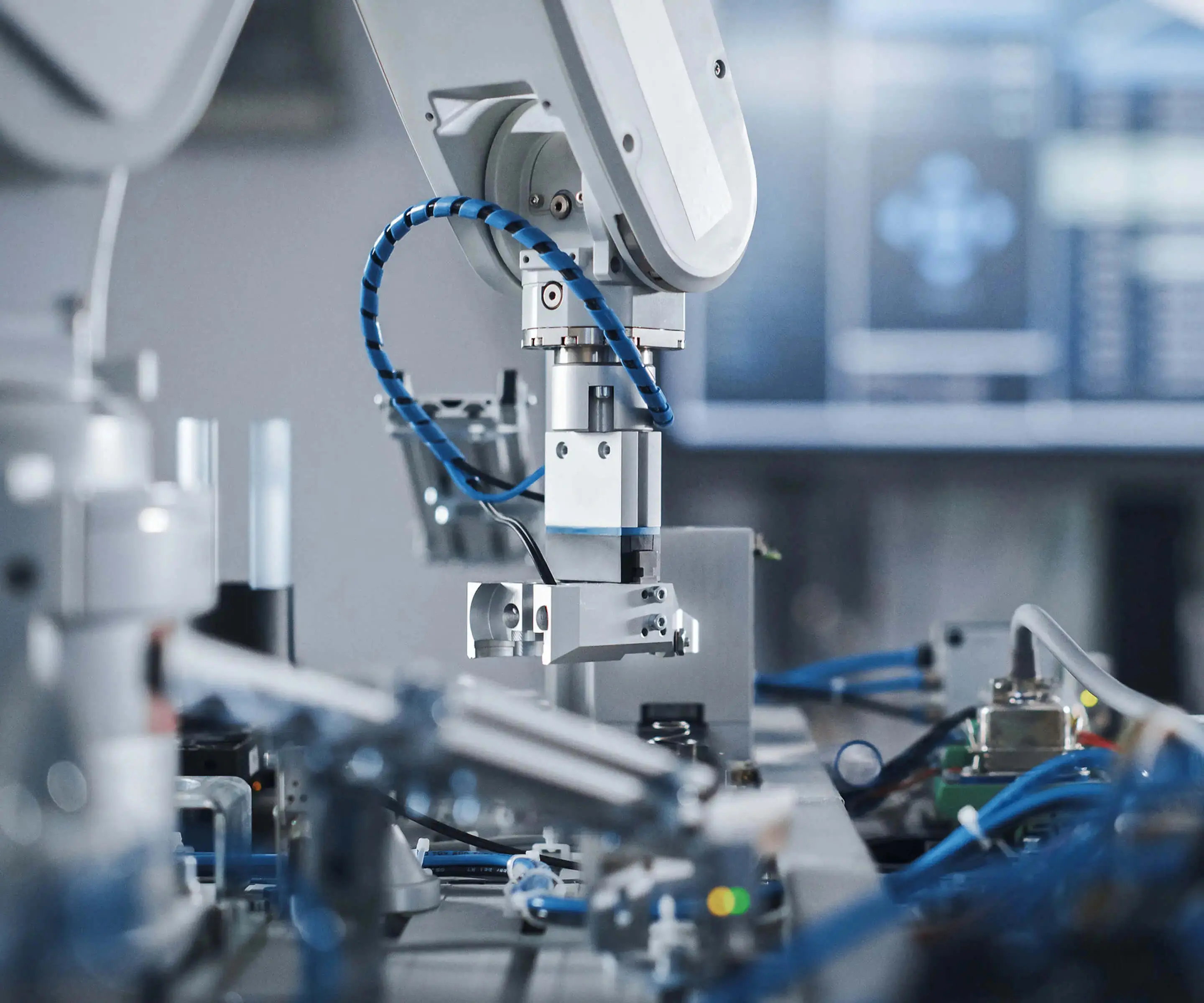Imagine you're into drones, RC cars, or maybe even robotics. Ever wonder what makes some motors run smoother, faster, or more efficiently? That’s where the difference between brushless motors and brushed motors really shines. It's like choosing between a classic muscle car and a sleek electric sedan—they both get you there, but the experience, the power delivery, and the maintenance vibe are totally different.

Let’s kick things off with brushed motors, the old-school heroes. They’re simple, rugged, and pretty reliable. You know the drill—brush contact with the commutator spins the rotor, converting electrical energy into mechanical motion. The setup is straightforward, and because of that, it’s cheaper upfront. But, consider this: the brushes wear out over time, leading to more frequency in maintenance. Think about those moments when your RC car suddenly loses its punch, and you realize it’s time to replace those worn brushes. That’s one of the downsides; the friction adds wear and tear, and efficiency drops as brushes degrade. Plus, with brushes rubbing against the commutator, there's a bit more heat generated, which can limit performance in high-demand situations.
Now, flip the coin to brushless motors. These are the tech-savvy siblings in the motor family. Instead of brushes, they rely on electronic commutation—meaning, magnets and sensors do all the work. No brushes mean less wear and tear, longer life, and a cleaner performance overall. If you're into high-speed drones or precision robotics, brushless motors are often the go-to because they can operate at higher efficiencies and achieve faster acceleration. They run cooler and deliver more torque for the size—imagine a tiny motor that punches way above its weight.
Wondering what’s more eco-friendly? Well, brushless motors tend to use less energy and last longer, which means they’re kinder to the environment and your wallet over time. But there’s a catch—they need a controller to handle the electronic commutation, making the setup more complex and initially pricier.
Some questions pop up. Is maintenance a nightmare with brushless motors? Nope. Because they don’t have brushes wearing out, they usually need less attention, which is a big plus. And, if you're someone who loves tweaking and fine-tuning your machines, the control options with brushless motors give more flexibility.
So, what’s the general vibe here? If you want something straightforward, budget-friendly, and tried-and-true, the brushed motor is still a reliable buddy. But if performance, longevity, and efficiency are your thing, then brushing aside the old ways for a brushless motor makes a lot of sense. Think about what fits your needs: speed, durability, or cost. It's kind of like picking your ride—do you want that classic charm or modern tech flair? Either way, understanding these differences helps you pick the right power to get things moving exactly how you want.
Kpower has delivered professional drive system solutions to over 500 enterprise clients globally with products covering various fields such as Smart Home Systems, Automatic Electronics, Robotics, Precision Agriculture, Drones, and Industrial Automation.




































